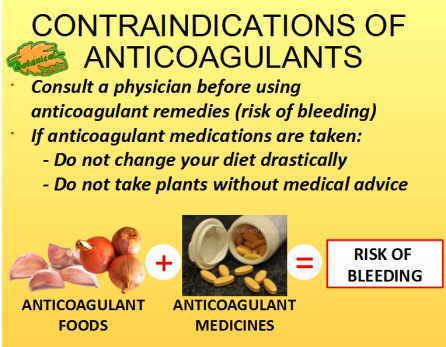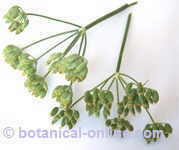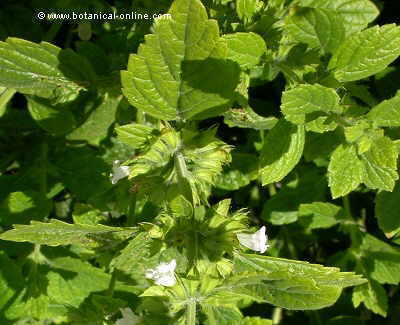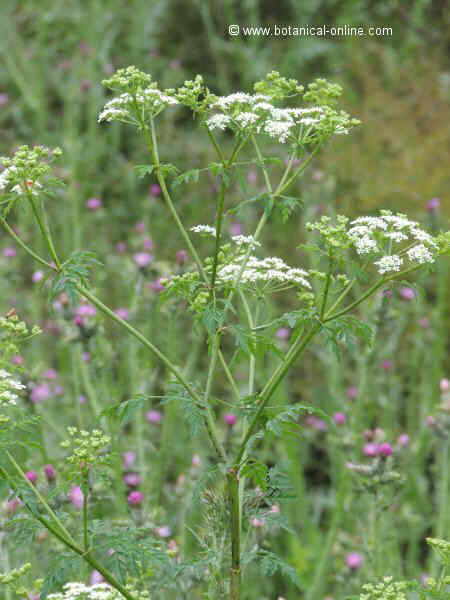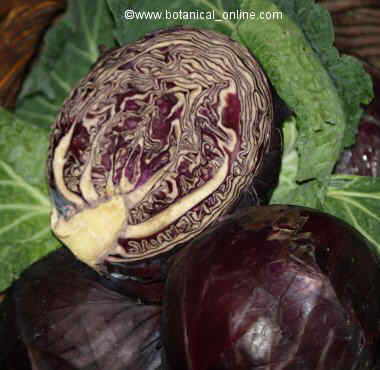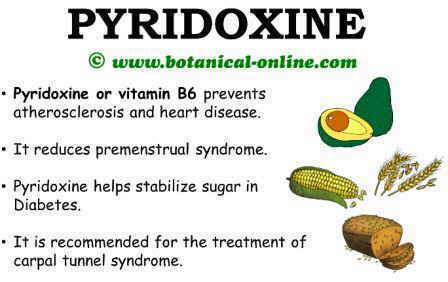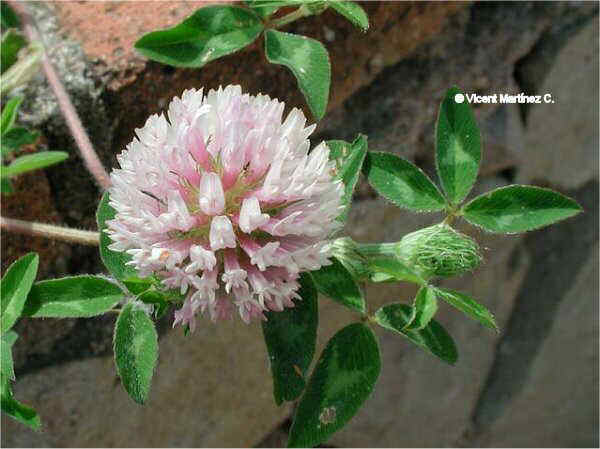Contents
Toxicity of broad beans
What are broad beans?
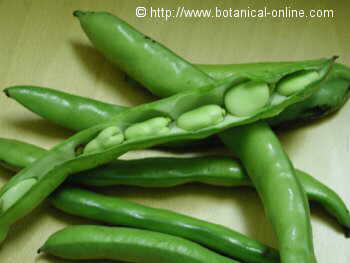
Scientific noun: Vicia Faba L.
Common noun: Broad bean, fava bean, , field bean, bell bean, tic bean, horse bean etc
Family: Pea family- Leguminosae
Habitat: Native from Asia. Cultivated.
Active principles: Amines (tyrosine, vicine, tiramine, dioxifenilalanine and convicine)
Active parts: Seeds and pollen, but sometimes the whole plant. Horse bean variety (Vicia faba var. equina) equina and Vicia faba var. angustifolia, mainly used as animal food, but equally edible, are the main responsible for cases of favism by ingestion.
PROPERTIES OF BROAD BEANS
Edible food: Broad beans are used as human food and as animal food
Medicinal values: diuretic and depurative. (More information)
Can broad beans be toxic?
Broad beans are not toxic for people, except for people suffering from favism, in which case, they are very toxic.
What is favism?
Favism is a medical condition that seems to have an inherited origin and affects certain populations in Africa, Southeast Asia or the Mediterranean, especially on the island of Sardinia. It arises after ingestion of pollen or fruits of broad beans.
Favism occurs only in people who genetically have a deficiency of the enzyme glucose-6-phosphate dehydrogenase. This gap allows some components of the beans can produce substances that induce the breakdown of red blood cells so that those who suffer this condition show hemolytic anemia in a greater or lesser degree.
How does favism take place?
Because of lack of an enzyme, certain components of faba beans can not be decomposed . They are toxic and cause breakage of the blood cells.
The enzyme glucose-6-phosphate dehydrogenase (G6PD) is responsible for breaking down certain toxic found in beans (especially on broad beans). Toxic amines convicine and vicine are degraded in the gut into isouramil and divicine. When these amines can not be metabolized, they are toxic and cause a breakdown of red blood cells (hemolytic anemia).
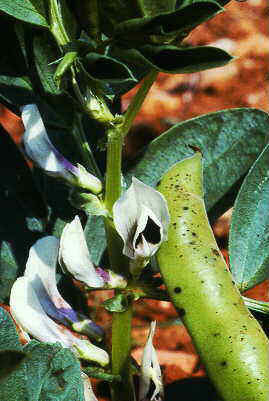
Since favism is related to the X chromosome, males are more severely affected than females, who are simply transmitting or suffering it in a more mild manner.
Symptoms of favism
Normally favism manifests as fatigue, fever or headache. Sometimes they manifest as vomiting, intestinal discomfort or dizziness which usually disappear within a week.
Some initial symptoms of favism are a dark micturition, jaundice and the feeling of permanent tiredness. Given this possibility, especially, if there is family history of this condition, it is advised to conduct a blood test.
If the reasons which induce to it or in case treatment is neglected or avoided, other more serious reactions may occur. Among the main consequences we can point out hepatism, anemia, cardio-respiratory failure, coma and death.
Treatment of favism
The best treatment includes not to eat this food and take it away to prevent pollen inhalation. Some patients could need blood transfusion in more severe cases of anemia.
Besides beans, certain drugs can also trigger the same attack, so that people who suffer from favism should inform their medical condition before starting any medication.
Other times the ingestion of other legumes has triggered favism in people with similar reactions.
Medical treatment: blood transfusions and cortisone.
![]() More information about plants.
More information about plants.

